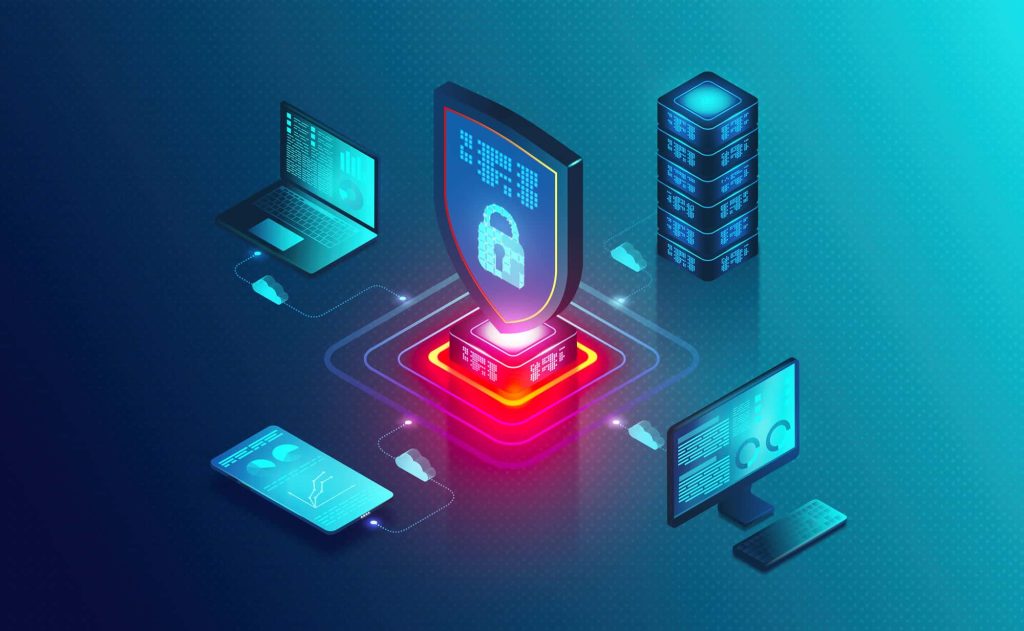I. Introduction

A. Importance of logs in cybersecurity Logs play a crucial role in cybersecurity by providing a detailed record of events and activities within an organization’s systems and networks. They capture important information such as user actions, system events, network traffic, and security incidents. The analysis of logs can help in detecting and responding to potential threats, as well as investigating and preventing future incidents.
B. Overview of the article’s structure This article will explore the role of logs in cybersecurity, focusing on their significance in enhancing threat detection and incident response. It will discuss the concept of logs, log management and analysis, and the different types and sources of logs. The article will then delve into how logs can be utilized to enhance threat detection, including monitoring for suspicious patterns and anomalies, and investigating network traffic logs. It will also explore how logs can be leveraged to detect insider threats by tracking user activity and analyzing access logs for unauthorized actions.
II. The Role of Logs in Cybersecurity
A. Understanding the concept of logs
Logs are generated by various systems, devices, and applications within an organization’s IT infrastructure. They serve as a detailed record of events and activities, capturing information such as timestamps, user ids, IP addresses, actions taken, and outcomes. Logs provide a chronological account of what occurred within the system or network, enabling organizations to trace events and uncover the chain of activities leading up to a security incident.
B. Log management and analysis
Efficient log management is crucial for extracting meaningful insights from logs. This involves collecting logs from different sources, storing them securely, and making them easily accessible for analysis. Log analysis involves categorizing and correlating logs to identify patterns, anomalies, and potential indicators of compromise. It may involve automated analysis tools, such as Security Information and Event Management (SIEM) systems, to facilitate efficient log monitoring and analysis.
C. Log types and sources
Logs can come from various sources, including operating systems, network devices, firewalls, intrusion detection systems, and applications. Common log types include system logs, security logs, event logs, and audit logs. System logs record information about system processes, errors, and warnings. Security logs provide insights into security events, such as logins, authentication attempts, and access control activities. Event logs capture significant events within the system or application, while audit logs track and record user actions for accountability and compliance purposes.
III. Enhancing Threat Detection with Logs
A. Log analysis for identifying malicious activity

- Monitoring for suspicious patterns and anomalies By analyzing logs, cybersecurity professionals can identify suspicious patterns and anomalies that may indicate an ongoing or potential security breach. These could include repeated failed login attempts, unusual network traffic patterns, or unexpected system behavior. Timely detection of such patterns can help organizations take proactive measures to prevent or mitigate security incidents.
- Investigating network traffic logs Network traffic logs provide insights into the communication between systems within the network. Analyzing network logs can help identify unauthorized connections, suspicious IP addresses, or data exfiltration attempts. It enables cybersecurity professionals to understand the flow of traffic, detect anomalies, and identify potential security threats.
B. Utilizing logs for detecting insider threats
- Tracking user activity and behavior Logs can be used to monitor and track user activity within the organization’s systems and applications. By analyzing user logs, cybersecurity professionals can identify unusual behavior, unauthorized access attempts, or suspicious actions by insiders. This helps in detecting and preventing insider threats, which can pose significant risks to an organization.
-
Analyzing access logs for unauthorized actions Access logs record information about user logins, access privileges, and actions taken within an application or system. By analyzing access logs, cybersecurity professionals can identify unauthorized actions such as privilege escalation, data modification, or unauthorized configuration changes. This assists in detecting and responding to potential insider threats or external malicious activity.
IV. Improving Incident Response with Logs

A. Leveraging logs for incident investigation
In the world of cybersecurity, incident response is a critical process that aims to identify, contain, and remediate security incidents. Logs play a pivotal role in this process, providing valuable insights that can aid in incident investigation.
- Correlating logs to establish the timeline of an event When an incident occurs, understanding the sequence of events is crucial for effective response. By correlating logs from various systems and devices, cybersecurity professionals can establish a comprehensive timeline of the incident. This timeline helps in identifying the initial trigger point, the subsequent actions taken by attackers, and the impact on the organization’s systems and data.
- Identifying the root cause of an incident through log analysis Logs provide detailed information about system activities, user actions, network traffic, and more. By analyzing these logs, cybersecurity professionals can identify the root cause of an incident. This could be a vulnerability that was exploited, a misconfigured system, or an insider threat. Understanding the root cause enables organizations to address the underlying issues, preventing similar incidents from recurring.
B. The role of logs in forensics and evidence collection

In addition to incident investigation, logs are crucial in digital forensics and evidence collection. They serve as a rich source of information that helps reconstruct the attack chain and gather evidence for legal proceedings.
- Utilizing logs to reconstruct the attack chain
Logs provide a step-by-step account of an attacker’s actions, enabling cybersecurity professionals to reconstruct the attack chain. This information helps in understanding the techniques, tactics, and tools employed by attackers. It also aids in identifying the entry point and the lateral movement within the network, providing insights for strengthening the organization’s defenses. - Extracting valuable information during post-incident analysis
Post-incident analysis is essential for learning from a security breach and improving the organization’s defenses. Logs play a crucial role in this analysis, allowing cybersecurity professionals to extract valuable information such as IP addresses, timestamps, file modifications, and network connections. This information helps in understanding the extent of the breach, determining the scope of the attack, and implementing effective countermeasures to prevent similar incidents in the future.
V. Best Practices for Log Management in Cybersecurity
A. Ensuring proper log collection and storage
To maximize the utility of logs for incident response and forensics, it is important to establish sound log management practices. This includes ensuring that logs are consistently collected from relevant systems and devices. Organizations should also implement proper storage mechanisms to retain logs for an appropriate duration, considering regulatory requirements and incident investigation needs.
B. Implementing log monitoring and alerting systems
Real-time log monitoring is crucial for proactive incident detection. By implementing log monitoring and alerting systems, organizations can identify suspicious patterns or anomalies as they occur. This enables swift action and reduces the time between incident occurrence and response. Security information and event management (SIEM) tools can be leveraged to centralize log management and provide automated alerts based on predefined rules and patterns.
C. Regular log analysis and auditing for continuous improvement
Log analysis should be an ongoing process to detect emerging threats and vulnerabilities. By regularly reviewing and analyzing logs, cybersecurity professionals can identify trends, patterns, and potential weaknesses in their systems. Regular auditing of log management practices ensures that logs are captured accurately, stored securely, and easily accessible for incident response and forensic investigations.
VI. Summary and Conclusion
In the face of evolving cyber threats, effective incident response is crucial for organizations to protect their systems and data. Logs play a vital role in this process, enabling cybersecurity professionals to investigate incidents, identify root causes, and collect evidence. Moreover, through proper log management practices, including collection, storage, monitoring, and analysis, organizations can enhance their incident response capabilities and continuously improve their security posture. Leveraging the power of logs, combined with proactive measures, organizations can effectively mitigate risks and respond more rapidly to emerging threats in the dynamic world of cybersecurity.



